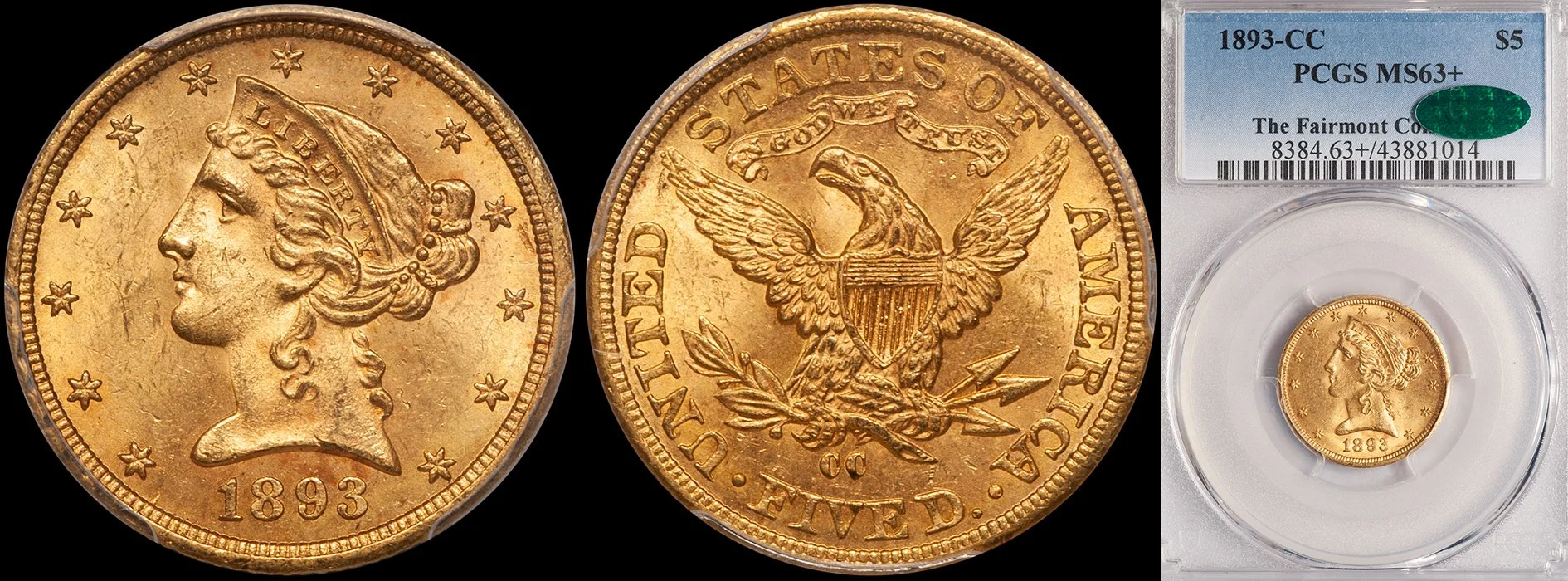Importance of Good Pedigrees
/Now, more than ever, people are beginning to realize the importance of a good pedigree when it comes to collecting coins. And the reason why people are paying big premiums for good pedigrees is surprising. Read on and I’ll give you my take on why well-pedigreed coins are suddenly selling for big bucks. As I have pointed out time after time, most of the coins that I see these days are not very nice. They have generally been scrubbed or conserved and very few are original. Which is exactly why people love coins from the great old collections like Bass, Eliasberg or Norweb.
If you know where a coin has been for the last ten or thirty or even fifty+ years (as is the case with most of the coins from the three aforementioned collections) you can state, at least some of the time, that the coin is original and that it has not been doctored. Thus, the Bass or Norweb or Eliasberg pedigree acts as a sort of semi-official “blessing” that the coin is original.
Now, it is obviously not the case that every coin with a Bass, Norweb or Eliasberg pedigree is automatically “good.” I have seen a number of coins with Bass pedigrees that clearly have had their appearance changed since they were originally sold.
If you are offered a coin from one of these sales, one of the most obvious things you should do is look at the original catalog and compare the coin to the photographic image. This may be a problem as far as the Eliasberg gold coins go since the images in this sale (which was held in 1982) are poor-quality halftones that show little detail. But the quality of the images in the Norweb and Bass catalogs are generally good enough to use for comparative purposes.
There is one “dirty little secret” about Bass pedigreed coins that many collectors do not know. When the coins were originally graded and slabbed by PCGS, they were designated as being from the Harry W. Bass Collection. If a Bass coin was broken out of the holder and regraded it would lose this designation at PCGS. That’s why some Bass coins are designated simply as being from the “Bass Collection.” These second-generation Bass coins are generally not viewed with the same enthusiasm as the coins with the original designation. The same holds true for Bass coins in NGC holders that were upgraded from the original Bass sales.
Certain pedigrees may be well known to specialists within certain collecting categories but have little significance outside of these boundaries. As an example, if you collect New Orleans gold coins you are familiar with the Pinnacle collection and would pay a premium for this pedigree. But if you collect 20th century gold, a pedigree that has greater significance to you might be the Duckor or Morse collections. One of the reasons that collectors value the Bass, Norweb and Eliasberg pedigrees so highly is that these are three of the few collections sold during the modern era that had impressive runs of coins across the board.
In the art world, the issue of pedigree has been very significant for years. Smart new collectors realize that if a painting had been in the collection of a prominent collector, it is generally a “safer” purchase that if it has been bouncing around between dealers or auctions. The same is true with coins. If , for example, a 1908-S double eagle with a Duckor pedigree is available for sale, I would generally feel that this is going to be a nicer coin than one with no prior pedigree.










